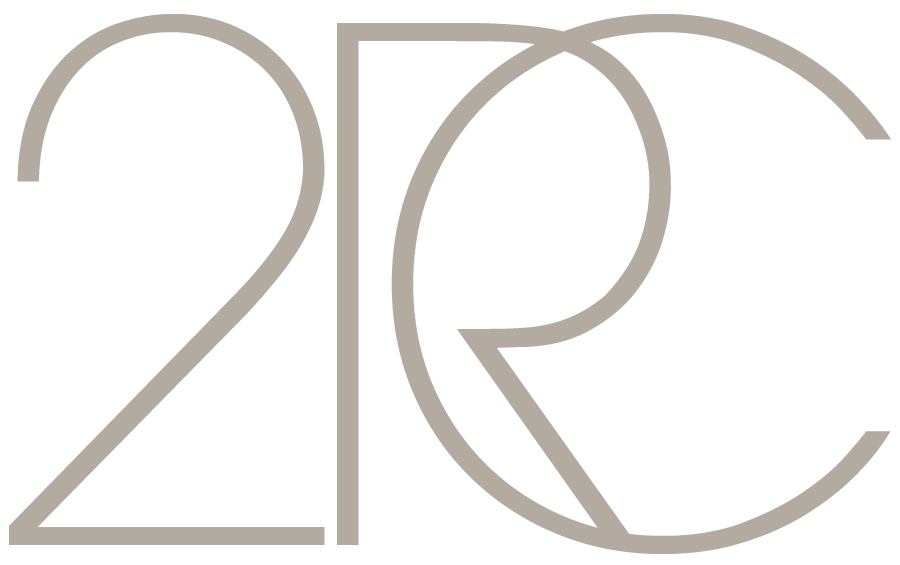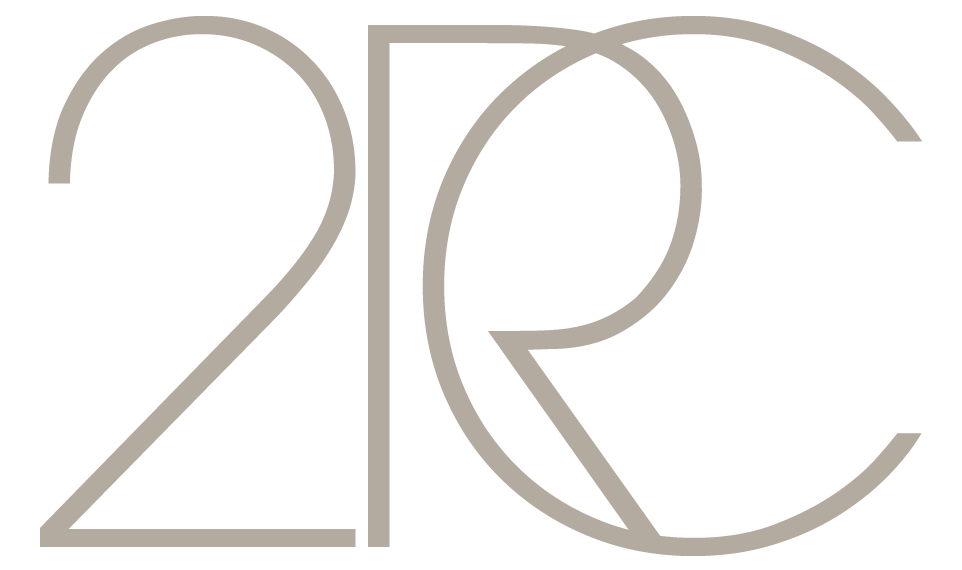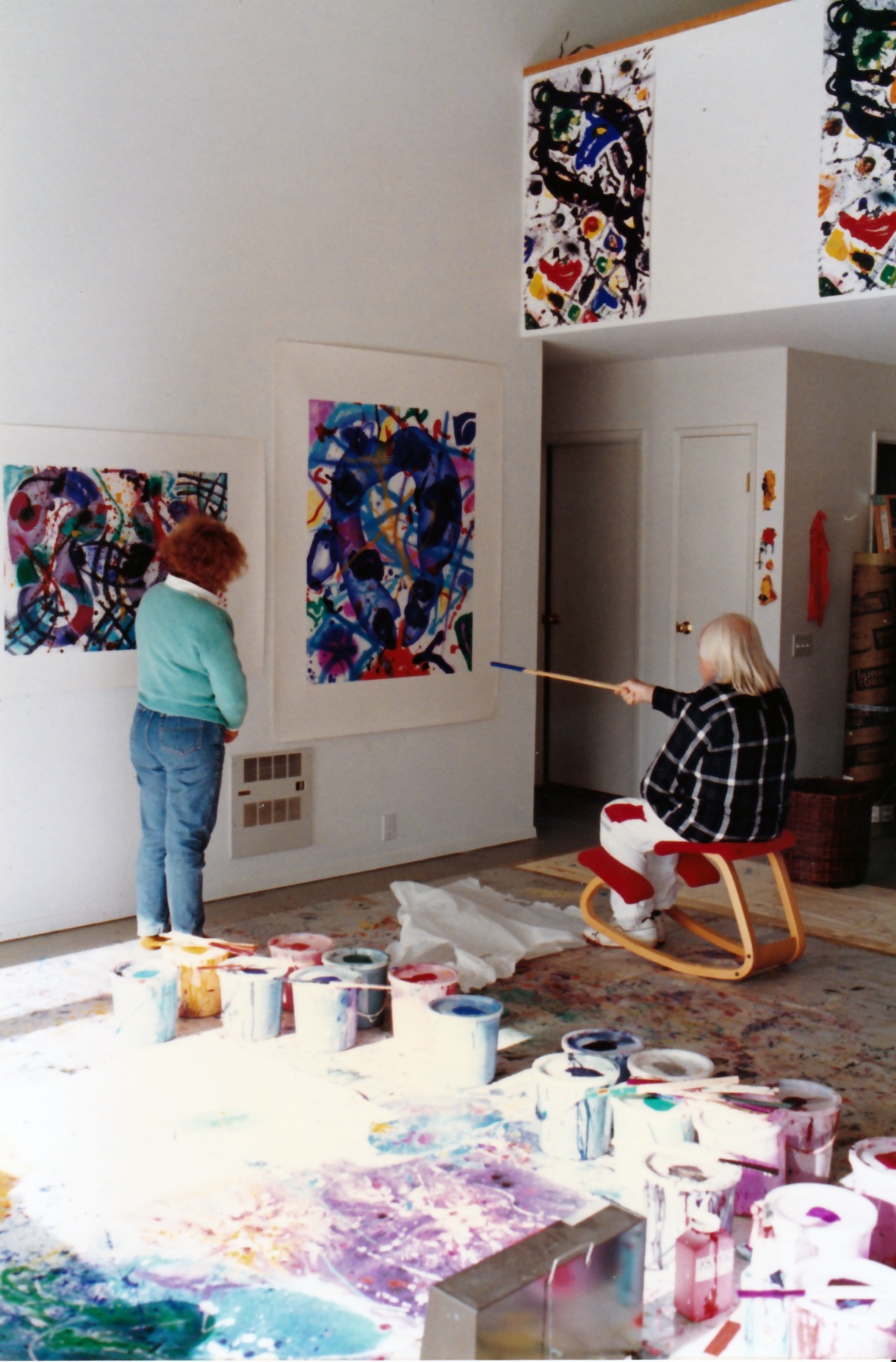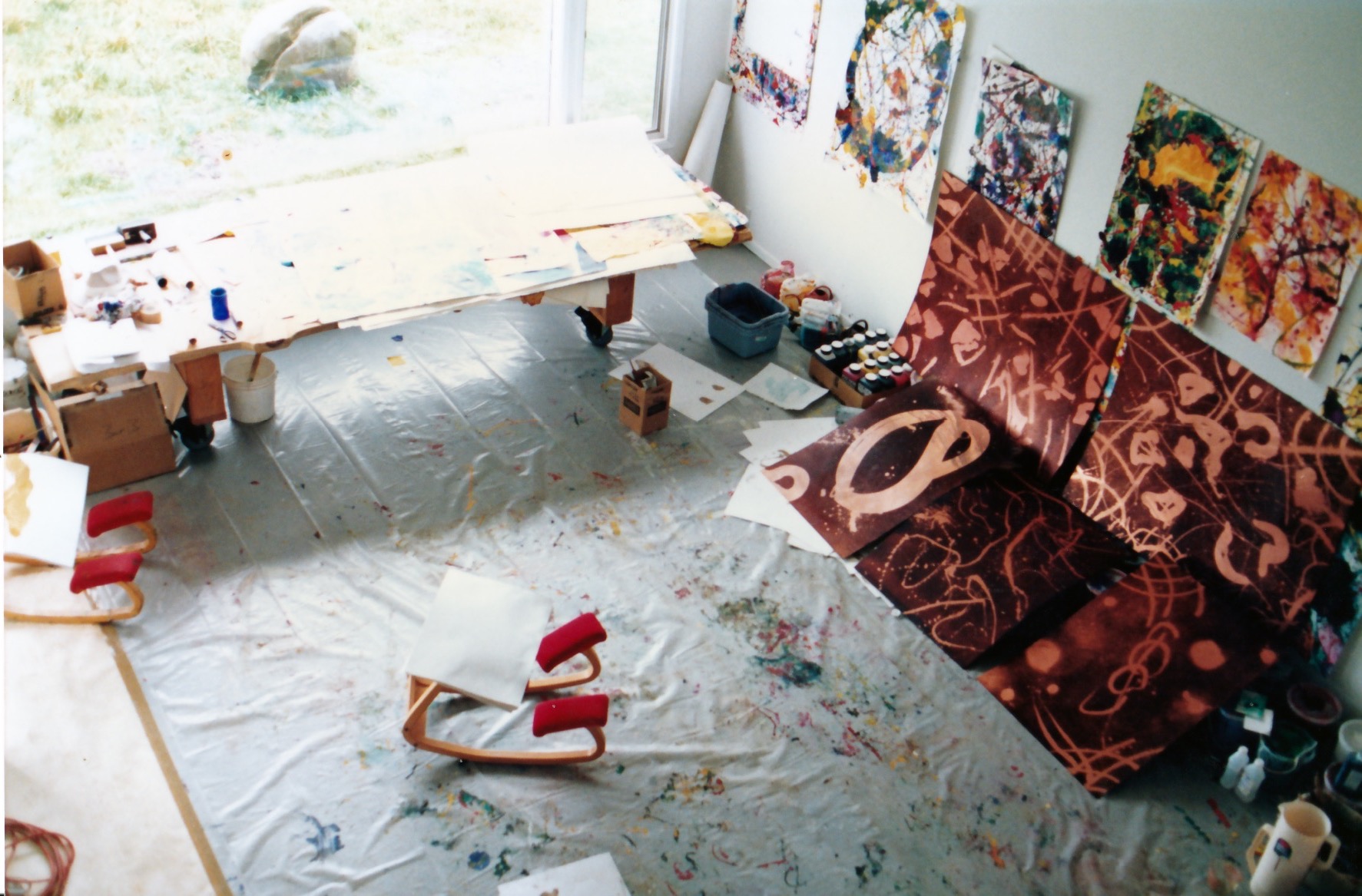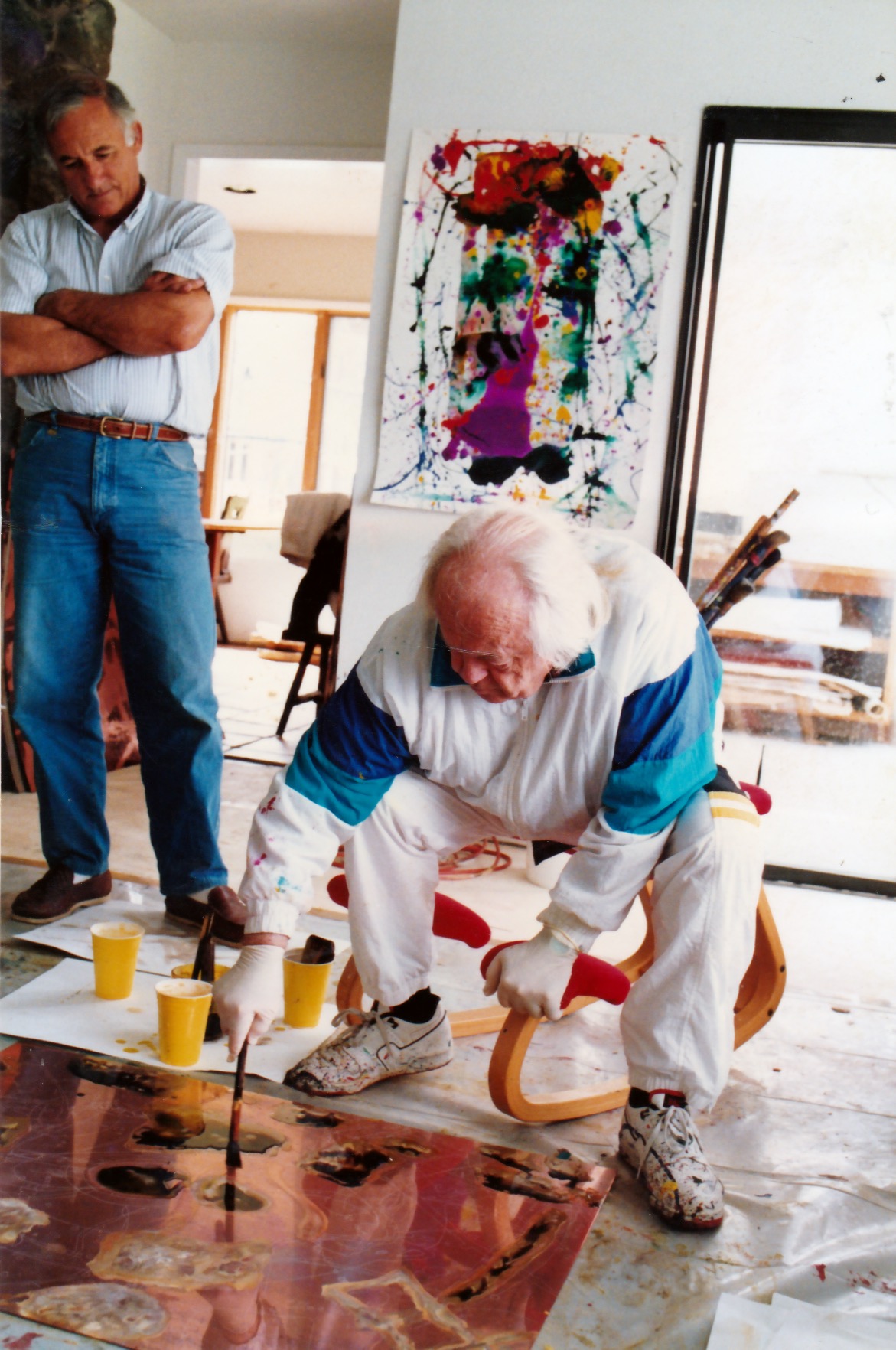Sam Francis study
Pont Reis
Text by Walter Rossi from La vita è segno
GAlanized by the results, we set up a work project, again in New York, in the spring of the new year. Once again it was not possible to realize it because Sam was very busy for a large retrospective, traveling exhibition, organized by Pontus Hulten and, also, for the new house under construction in Point Reyes, where he intended to move permanently.
This decision had been dictated by the need to live in an environment that was as uncontaminated as possible, assisted by the oriental therapists who had been following him for years, helping him to overcome his illness, considered incurable by many, but a constant challenge for him against which he continued to emerge victorious.
We often talked on the telephone to arrange hypothetical dates, which served more than anything else to convey the affection between us.
I thought yet again about re-proposing the famous mobile printshop and Sam could not wait, even though he was not able to put us up in Point Rayes, apart from in the studio space, since the new house was still not finished. We went to a small motel that Sam recommended which was built on piles in the bay of the village and I must say that it was a fantastic refuge for us. We stayed there for 59 days.
The beginning was all-consuming, since by now Sam no longer needed to have a rough image of the results but, sure of his instruments, went still further.
As a great dreamer and interpreter of those dreams, he was often dumbfounded by an image that he himself was creating, so he produced a large number of subjects, all quite different.
This first great effort immediately showed us what a high price he was paying.
The therapists took several days to bring Sam back to a condition of normality, and we realised that this splendid work of his was a true homage to life: the shapes, the rhythms, the brightness of colour, the tension, the vibration, the balance and the joy…. he set art above his very life.
At this point we tried to leave time between one stage of work and another and we spent a great deal of time talking to him, touching upon those subjects which Sam was proud of: the Foundation that he had created for cancer research; the research group into wind-energy which he had financed; the publishing house; the litho-shop where lithography, silk-screen printing and etching were done in the classical fashion; his children, wives, families, his painting studies, his innumerable exhibitions, his dearest friends, bicycle trips, tennis matches… and his dreams… and ours…. which we recounted every day.
It was he who called us when he was peaceful, knowing that we set no limits. Even though it was hard for us, we did not want to finish that splendid work unless he was happy and felt that we were sincerely disinterested. Had we stopped at that precise moment, we would still have been able to appreciate the joy of those works.
After fifty days of rain, the weather took a decided turn for the better. They had told us at the outset that there had been no rain for three years.
I had never seen so much water and California so green immediately afterwards: the light so intense, the flowers which strained beyond all known limits.
The atmosphere in the house changed, the black clouds rolled away and even the work needed to complete the etchings was practically over.
Only the fine tuning of colours was left. It was the most exciting week, the colours and shapes enveloped us, stretching out from one etching to another, as though it were all one single composition and, at the same time, a countless number.
The dawns seen from our room were incredible, with the water birds which at high tide practically passed beneath our bed. In that atmosphere, we recognised the colours that Sam used and, as the sun gradually rose, they shone brighter and brighter, until they became dazzling.
Walter Rossi
